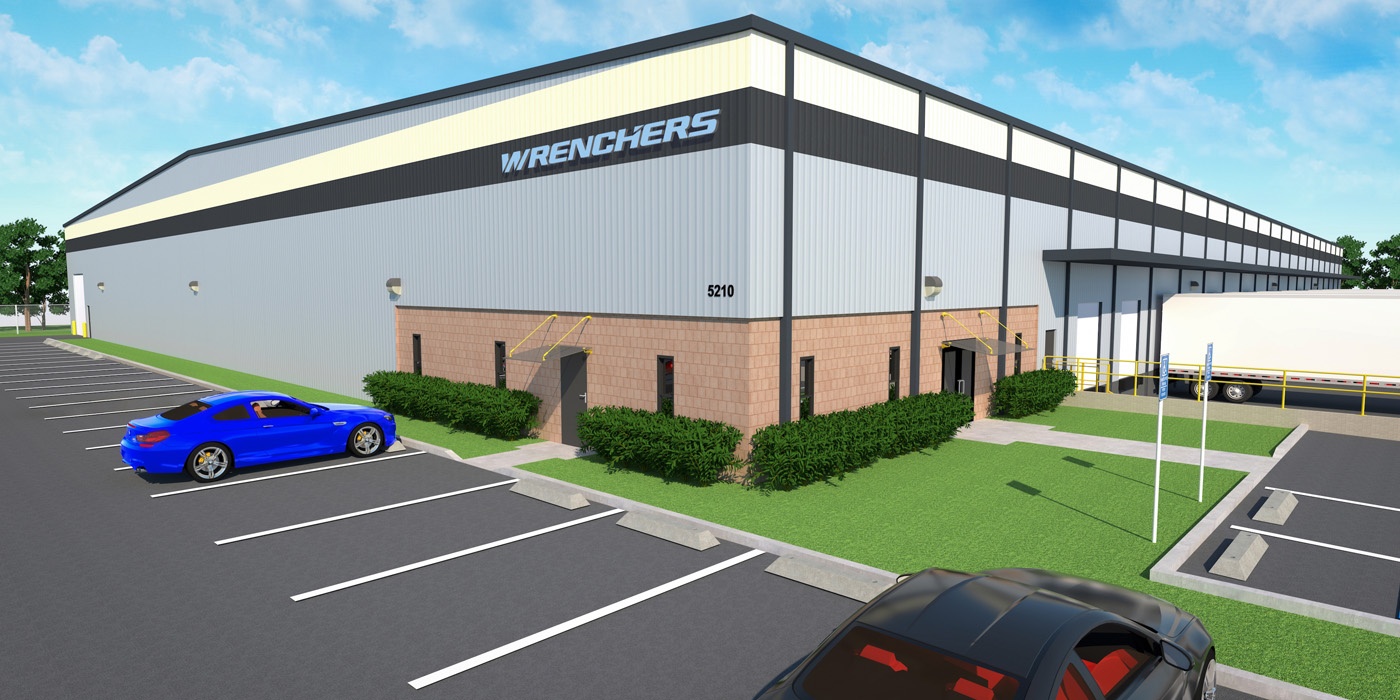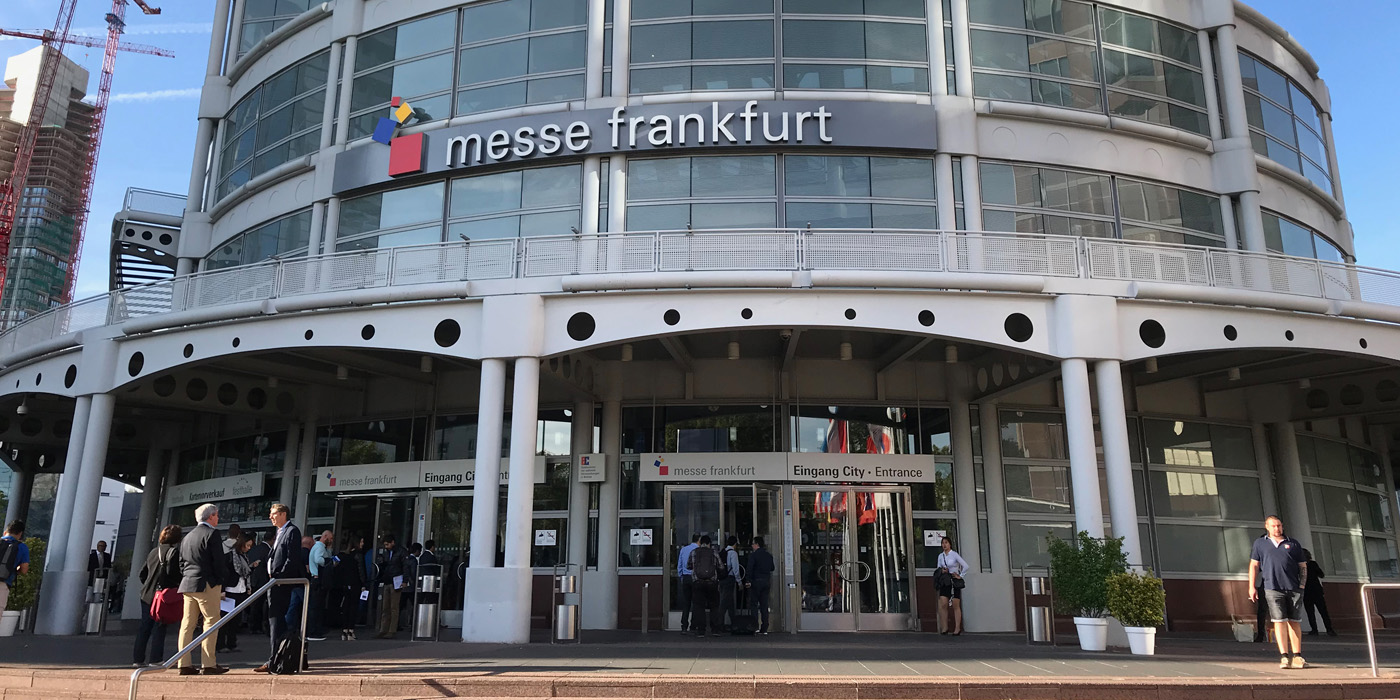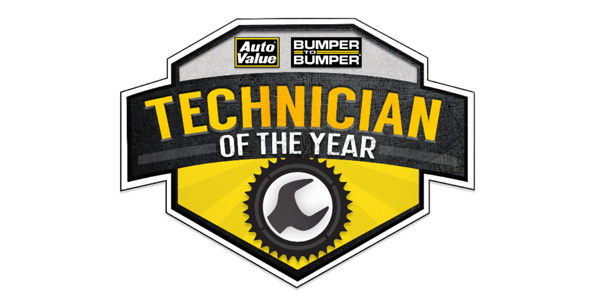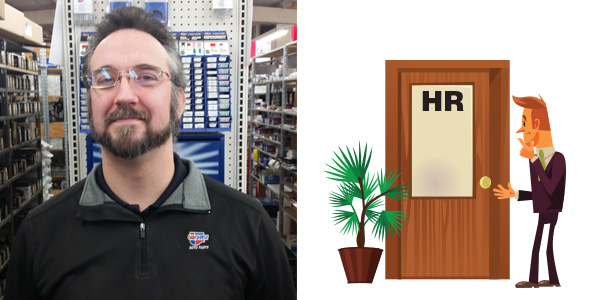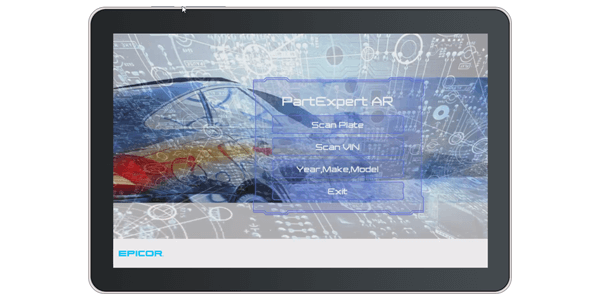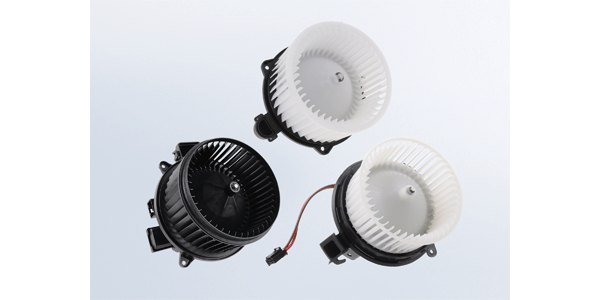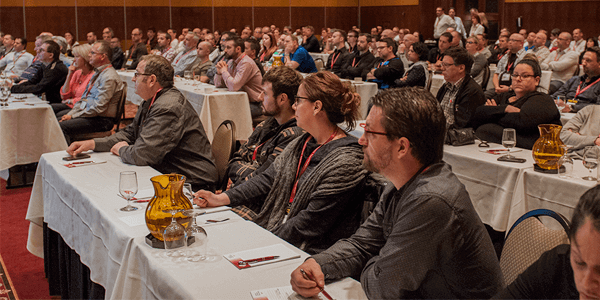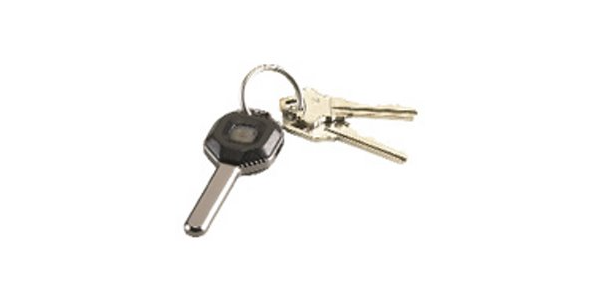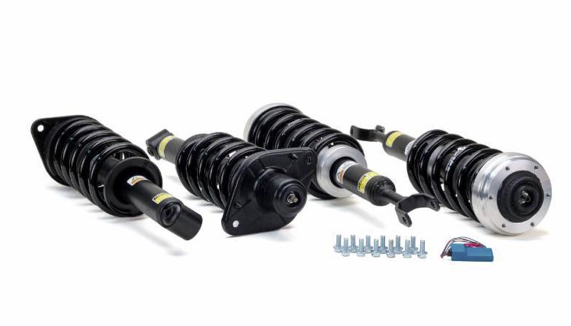Employees can do their jobs faster and better if they know the critical elements before starting the tasks. Or to use the better-known clich: "Knowledge is Power."
Training Part I
Training is among the most important aspects of the parts and service business. This five-part training series examines the ins and outs of world-class store training.
Is it "business as usual" at your store, or are you training and educating your employees to do and know their jobs at a higher level?
One thing I have learned working in and around auto parts stores during the past 30 years is that telling isn’t training. Simply telling your good counter sales people to sell related items, or have the related items pop-up on their computer monitors, is not training them to effectively increase the average ticket size or total transaction amount.
During the next five articles in this series, we will dive into the steps to change your company into a "Learning Organization" – it isn’t just for large companies anymore. We will explore how to evaluate your training. We will take an in-depth look at identifying performance gaps and needs analysis. We will investigate training packages and delivery systems. Finally, we’ll wrap up the series with tips on utilizing existing materials. You’ll discover that you don’t have to reinvent the wheel to create your own effective training and employee education programs.
As an industry, we would be embarrassed if we benchmarked our annual training investment-per-employee against that of the family-restaurant business. They train their employees on the proper techniques and skills required to increase the average invoice/ticket with pre-meal and post-meal add-on sales opportunities. What about your store?
Perhaps today, as program groups and auto parts retailers continue to advertise, build their brand awareness and jockey for "location, location, location" to make their phones ring and front doors swing, they don’t realize the untapped potential in each and every customer encounter. Remember, the advertising/marketing battle for the customer was won when the customer walked into your store. What happens next is delegated to the most important person in your organization: your counter sales person. It is his or her knowledge, skills and abilities that determine the size (number of line items) of the transaction. Have your employees been taught the technical aspects of the product line and automotive system? Have they been trained what to do, and not do, to maximize the transaction and improve overall customer satisfaction? Or is it still business as usual, "Do you need anything else?"
If knowledge is power, then the release of knowledge is the release of "real" power. It does not matter if that release of knowledge is person-to-person, such as from a store manager to counter person, or a less personal approach, such as computer-based training. The release of this knowledge is an infusion of energy and strength into any store or company.
Training vs. Education
Training and employee education are as different as a fuel injector and a fuel pump on a vehicle’s fuel system. Both are critical to the performance of the vehicle; however, each of their functions and roles are quite different from the other. Likewise, training and employee education are critical to the performance and efficiency of all store employees, managers and store owners. But these two tasks – training and education – have their own unique objectives and methods.
For years in the aftermarket, everyone has been too quick to label any learning initiative, clinic, on-line course, class or seminar simply as "training." Is it all training? Most are, while some aren’t.
Of course, measurement is key to managing all jobbing store and warehouse functions. Measurement of something tangible like gross margin is simple; it can be easily quantified with numbers. But what about the proper measurement of learning interventions? First, it’s important to understand the difference between education and training.
Here is the distinction: Employee education is about knowing, while employee training is about doing. Both are needed to achieve competent, effective and efficient managers and front-line customer service employees.
What does a newly hired counter professional at a store need to know? What does he or she need to be able to do? The answers to these questions result in different approaches to the kinds of training/education programs you develop. It is management’s responsibility to analyze all the tasks required of the person in the job position.
Knowing the store’s product line codes, for example, is critical for the effectiveness, efficiency and accuracy of the tasks associated with being a counter professional. Few stores, however, have a simple, accelerated learning technique during a new counter professional’s orientation that explains the line codes, their importance to speed and accuracy and a learning tool to assist him or her in learning the top 20 line codes during the first month of employment.
It is always management’s decision as to how fast a new employee gets "up-to-speed" and becomes 100 percent productive. The new counter professional will learn the line codes over some period of time. It is this measurement of the time it takes an employee to both learn and do that is the root of employee education and employee training.
Every counter sales person knows what the prefixes represent on a gasket part number and whether that gasket is going on the top or bottom of the engine. How does he know this? How did he learn this? As is usually the case, the new employee can learn the line codes through job repetition over a period of days, weeks or months, or he or she can learn the line codes within a few hours through a dedicated training program, thus reducing errors and increasing productivity.
Product knowledge is critical to customer service and increased sales. The broader and deeper the counter sales person’s product knowledge base, the higher his or her incidence of suggesting all of the related items the customer may need or should consider replacing along with the requested part.
Product knowledge can be measured by "non-performance" tests. These tests are written or web-based and provide simple questions to verify the counterperson’s product knowledge. This test score is a measurement of employee-education return on investment. Now that you can validate that the employee has a solid product/technical knowledge base, training in earnest can begin.
Training is about doing, such as selling/suggesting related items to the customer. There is a proper way to ask customers about related items they may need, just as there are incorrect ways to suggest related items. Every employee can be trained to ask time, condition and visual questions that, when answered by the customer, will trigger desires within the customer to purchase the related items.
How can you measure this? Increasing the line items per invoice is the measurement utilized to calculate the return-on-investment of related item sales training. In later articles in this series, we will explore the four levels of evaluating your training and employee education programs.
The research and data provided from the experts in future articles will prove there is a direct correlation between the job knowledge of your employees and their morale and productivity.
Employee education and employee training are not expenses or a cost of doing business. Developing and improving the knowledge, skills and abilities of employees is an investment. It is an investment that will produce measurable financial returns for your company. If your people really are your greatest asset, then learn how to maximize that asset by taking them to the next level.
This month’s issue can be a great resource and catalog of the high-quality training and education programs that are currently available in the aftermarket. By saving this issue, you will strategically place this article as the starting point as you examine through the next five articles to examine the cultural and financial impact of employee training and employee education program within your own "Learning Organization."
Tom E. Easton, AAP, is a senior partner in a Charlotte, NC-based consultancy that designs performance improvement training and employee education programs for a diverse automotive retail and wholesale client base. For more information, readers may contact Tom at [email protected].

